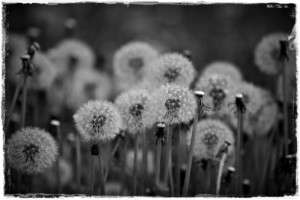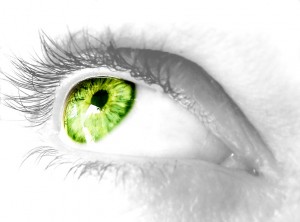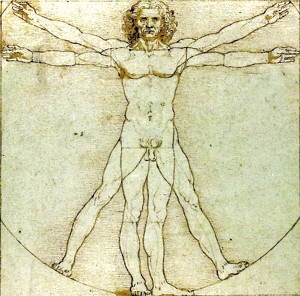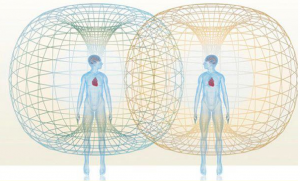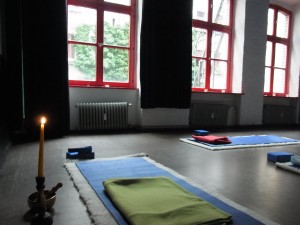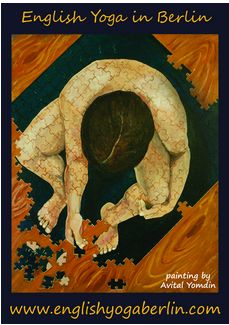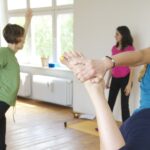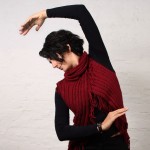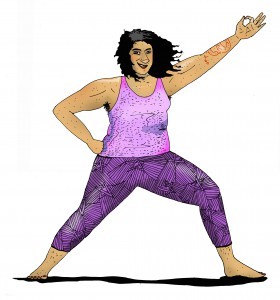Yoga Nidra is a powerful technique, evolved by Swami Satyananda Saraswati from ancient tantric scriptures. To those who have practiced it, Yoga Nidra is experienced as a deep relaxation. But, although this method induces complete physical, mental and emotional relaxation, it is much more than that.
In the Tantric tradition, Yoga Nidra is viewed as a Pratyahara method; a way to turn our awareness away from the external impressions. During the process, our consciousness is constantly moved through images, symbols, states, and different parts of ourselves. In this way we are led to fully and consciously experience these internal objects, making the mind more flexible and able to deal with impressions.
But due to the deep state of relaxation and meditation in which the mind is plunged during Yoga Nidra, it is important that we come out gradually from the practice. Passing too suddenly from the deep state to waking consciousness could temporarily jolt the mind and produce unpleasant feelings of irritation or even headaches.
Most of your Berlin yoga classes include some Yoga Nidra at the end of each practice. We feel that this is a great way to end a class filled with active asanas, breathing and other meditative techniques. But it is very important to closely follow the instructions for ending the practice; gradually moving the awareness outwards and opening to the sense stimuli. We recommend listening to the sounds, feeling the tact of the floor or clothes against your skin and opening your eyes very slowly before you look around. Before you do anything else, it’s good to experience your surroundings: the room, sounds, light, people, objects; everything around you, as a whole. This will ensure that you receive the maximum benefits from the practice and are able to transition back into the rest of your day.





